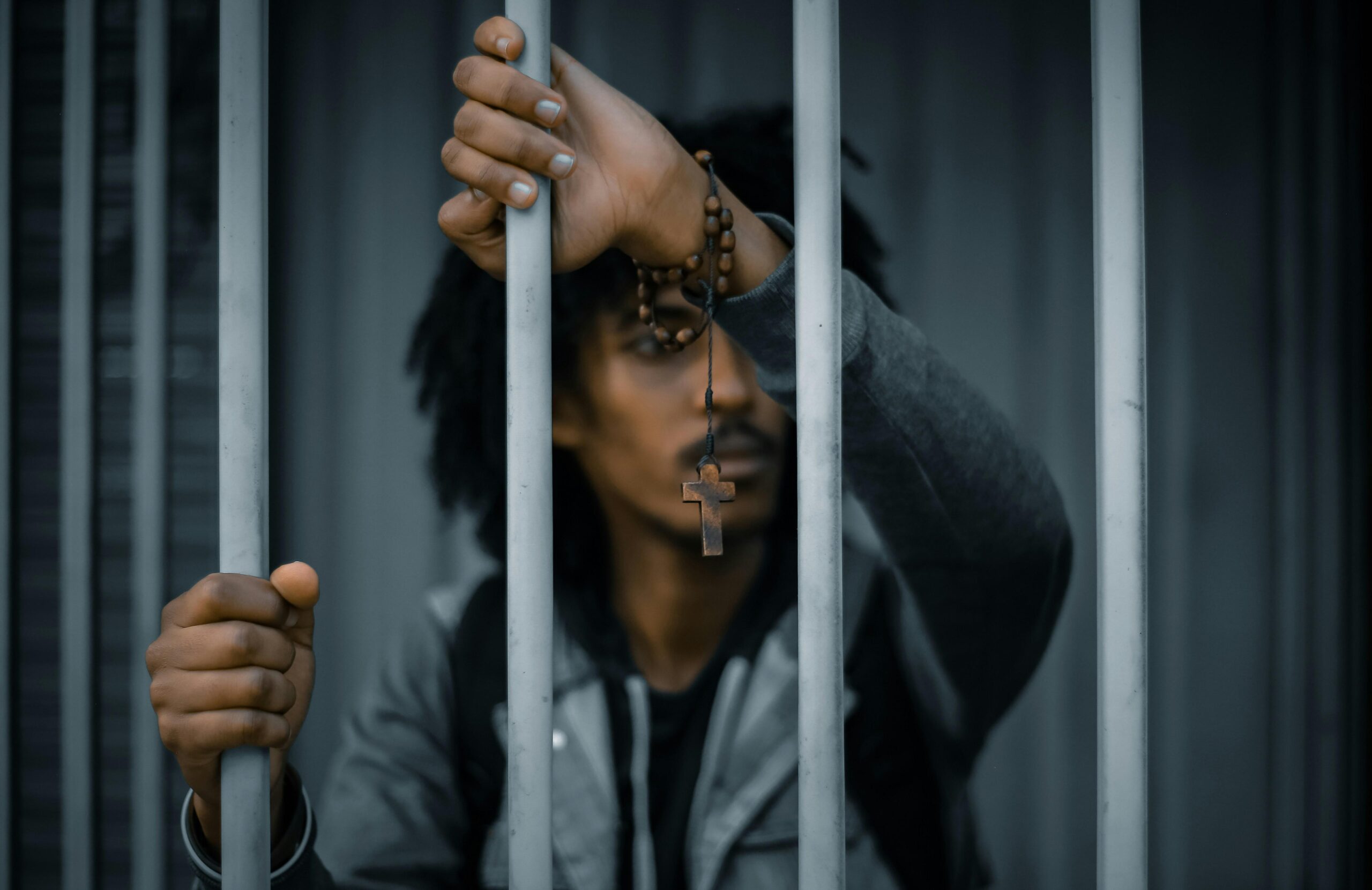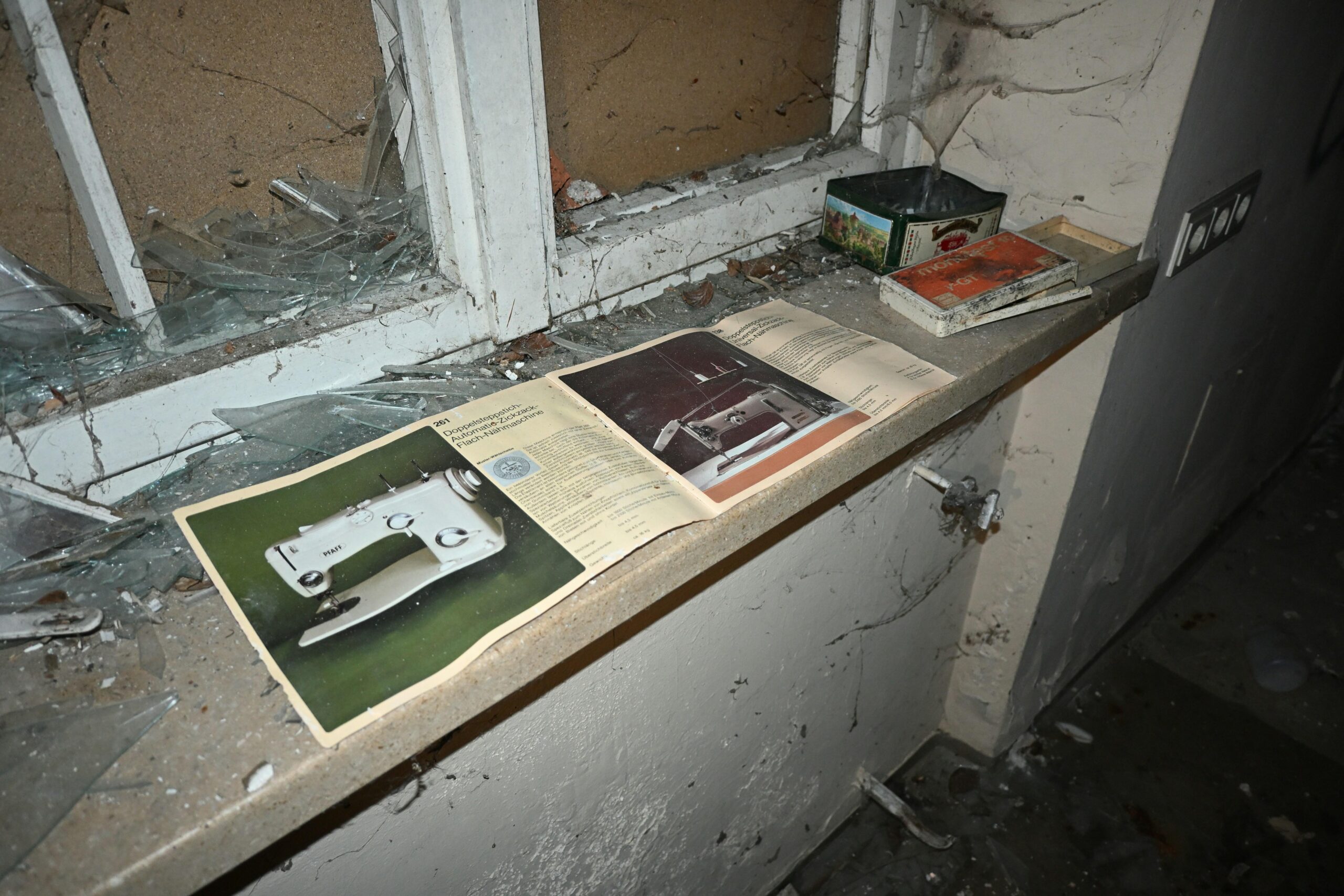Nestled in the quiet Bavarian countryside lies a mystery that has haunted Germany for over a century: the unsettling tale of Hinterkaifeck. This remote farmstead, once home to a small family, became the grim backdrop for one of the nation’s most chilling unsolved crimes. Who—or what—was behind the eerie events that unfolded here in 1922? As we dive into the strange clues, haunting details, and lingering questions of Hinterkaifeck, prepare to unravel a story that’s as baffling as it is spine-tingling. Join me on this curious journey into the shadows of Germany’s past.
Table of Contents
- Unveiling the Dark History Behind Hinterkaifeck Farm
- Piecing Together Clues From the Shadowy Crime Scene
- Exploring Theories That Still Haunt Investigators Today
- How Modern Forensics Could Finally Crack the Case
- In Retrospect
Unveiling the Dark History Behind Hinterkaifeck Farm
Deep within the Bavarian countryside lies a chilling mystery that has captured the imaginations of true crime enthusiasts and historians alike. The farm, once home to the Gruber family, became the grisly scene of an unexplained massacre in 1922. What makes this case particularly haunting is not only the brutal nature of the crime but the eerie circumstances leading up to it. Locals reported strange noises coming from the property, footsteps in the snow despite no footprints leading away, and objects mysteriously moved. Adding to the darkness was the unsettling fact that the victim’s bodies lay undiscovered for days, concealed in the very house where they were killed.
Exploring the farm’s enigmatic past reveals unsettling clues that still defy explanation, such as:
- Cryptic messages scratched into the walls hinting at an unseen presence
- The disappearance of key evidence from the crime scene
- Mysterious sightings of shadowy figures near the property around the time of the murders
- Unanswered questions about the family’s relationships and recent disputes
Each fragment of this dark puzzle continues to spark debate, making Hinterkaifeck a timeless enigma where shadowed secrets whisper across the Bavarian plains.
Piecing Together Clues From the Shadowy Crime Scene
In the eerie silence of the Hinterkaifeck farm, each shadow seemed to guard a secret, waiting to be unraveled. Investigators faced a puzzling array of cryptic clues: footprints leading nowhere, a broken window left ajar despite the winter chill, and traces of footsteps in the freshly fallen snow—except no one reported hearing a sound. Among the chilling details, the discovery of a damp newspaper inside the farmhouse raised questions about dates and alibis, while the cryptic messages scratched into the wood hinted at unseen tensions lurking beneath the rural calm. Nothing was as straightforward as it seemed, and every piece of evidence added layers to a haunting puzzle.
Investigators meticulously cataloged these mysterious elements, forming a web of possibilities that would both haunt and intrigue true crime enthusiasts for decades. Key points that sparked further speculation included:
- The abandoned tools found in the barn, suspiciously scattered as if a struggle had taken place.
- Unexplained noises reported by neighbors in the days leading up to the tragedy, suggesting an unknown visitor might have lingered.
- The eerie silence of the farmstead itself, where no cries for help were ever heard despite the brutal nature of the crime.
Each clue seemed to whisper fragments of a story lost to time, yet fiercely preserved in the shadows of Hinterkaifeck. Piecing them together remains a chilling reminder of how darkness once fell over a quiet corner of Germany.
Exploring Theories That Still Haunt Investigators Today
The Hinterkaifeck case remains a labyrinth of unsettling theories, each more haunting than the last. One prevailing suspicion centers around a close family member or acquaintance, someone with intimate knowledge of the household’s routines and secrets. The notion that a trusted figure could be responsible adds a layer of chilling betrayal to the crime. Adding to the mystery is the discovery of footprints leading to and from the farm despite the snow, suggesting the killer lingered nearby after the murders—yet no definitive trace was ever found.
Alternative theories delve into the possibility of a drifter or outsider, a stranger whose motives remain completely opaque. Some believe the murders were fueled by grudges or disputes that have long since dissolved into whispers. Others speculate about supernatural causes, fueled by eerie accounts of strange noises and shadows seen at the farm before and after the tragedy. Among these unsettling narratives, a few investigators even ponder the role of political unrest at the time—could the farm have been a target due to its owner’s affiliations? These enigmatic angles continue to fuel debate, inviting endless speculation and a profound sense of unease.
- Insider betrayal: family ties shrouded in suspicion
- Unknown drifter: a foreboding stranger passing through
- Supernatural whispers: the haunting before and after
- Political undercurrents: dark motives beyond the personal
How Modern Forensics Could Finally Crack the Case
Advances in forensic science have revolutionized cold case investigations, and Hinterkaifeck’s century-old mystery is ripe for a new wave of scrutiny. Modern experts could leverage DNA phenotyping to possibly reconstruct the appearances of unknown suspects from genetic material found at the scene, long after traditional methods failed. The application of next-generation sequencing might unearth familial connections or even identify the perpetrator if any biological traces have been preserved in overlooked artifacts. Additionally, forensic genealogy databases could be pivotal in tracing relatives of both victims and suspects, casting fresh light on hidden relationships or motives once obscured by time.
Beyond genetics, state-of-the-art forensic tools could analyze the unusual farmstead layout and unexplained physical evidence in unprecedented detail.
- Lidar scanning and 3D crime scene reconstruction can map Hinterkaifeck’s terrain to reveal inconsistencies in witness statements or reconstruct how the events unfolded.
- Soil and pollen analysis might pinpoint movements around the property, identifying how many individuals came and went before and after the murders.
- Digital enhancement of photographs and records, coupled with AI-assisted pattern recognition, could reassess archival evidence to detect clues invisible to the naked eye.
These combined scientific innovations promise not just to revisit the past, but potentially, to close a haunting chapter in German criminal history with answers long awaited.
In Retrospect
As we close the chapter on Hinterkaifeck’s eerie tale, one thing remains clear: this chilling farm mystery continues to captivate and confound us decades later. The unanswered questions, the strange clues, and the shadowy past of this quiet corner of Germany remind us that sometimes, the most unsettling stories are the ones rooted in the ordinary. Whether you’re a true crime enthusiast or simply curious about the unknown, Hinterkaifeck serves as a haunting reminder that some secrets may never fully be unraveled. Stay tuned—who knows what new discoveries might yet come to light?












